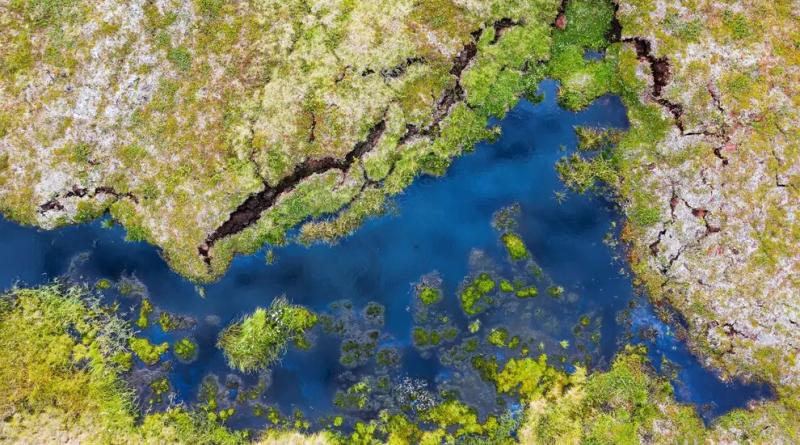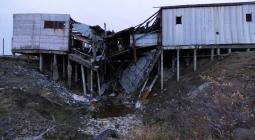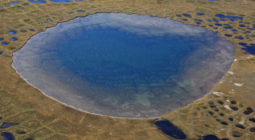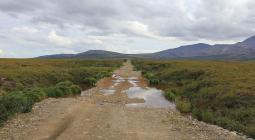Thawing of Arctic permafrost may release cancer-causing gas, scientists warn

‘An unexpected plume of radon could represent a dangerous health hazard,’ lead author says
A gas that causes lung cancer could be released into Arctic communities by permafrost that is thawing due to the climate crisis, scientists have said.
This effect of warming temperatures could lead to much higher levels of radon - a rare radioactive gas - exposure, according to the new University of Leeds study.
The researchers said permafrost - land that remains frozen for at least two years in a row - has historically stopped the carcinogen from travelling to the surface and entering buildings.
But as the climate crisis causes it to thaw, the scientists said its role as a protective barrier could change.
The study modelled the flow of radon - which it said was responsible for one in 10 lung cancer deaths - in the soil, permafrost and model houses.
It found thawing would not impact houses built on traditional piles, but increased radon exposure in houses with basements to more than 100 times its initial value. This was the case for up to seven years, the researchers said.
Professor Paul Glover from the School of Earth and Environment at the University of Leeds said: “Radon is known to be the second most important cause of lung cancer after smoking.
“Smoking also exacerbates radon-acquired lung cancer rates by about 26 times, and smoking is up to 4.4 times more prevalent in Arctic communities.”
He added: “Consequently, an unexpected plume of radon could represent a dangerous health hazard if it is not planned for.”
The lead author of the study - published in the Advancing Earth and Space Science journal - said ventilation is usually all that it takes to solve the problem.
Previous studies have warned of the dangers of thawing permafrost in the Arctic as temperates warm - including over its release of stored carbon back into the atmosphere.
Last month, other researchers found the rapid thaw of Arctic permafrost could release other dangerous substances - including radioactive waste from Cold War nuclear submarines and antibiotic-resistant bacteria.
cover photo :
Permafrost in the Arctic in the far north of Sweden






